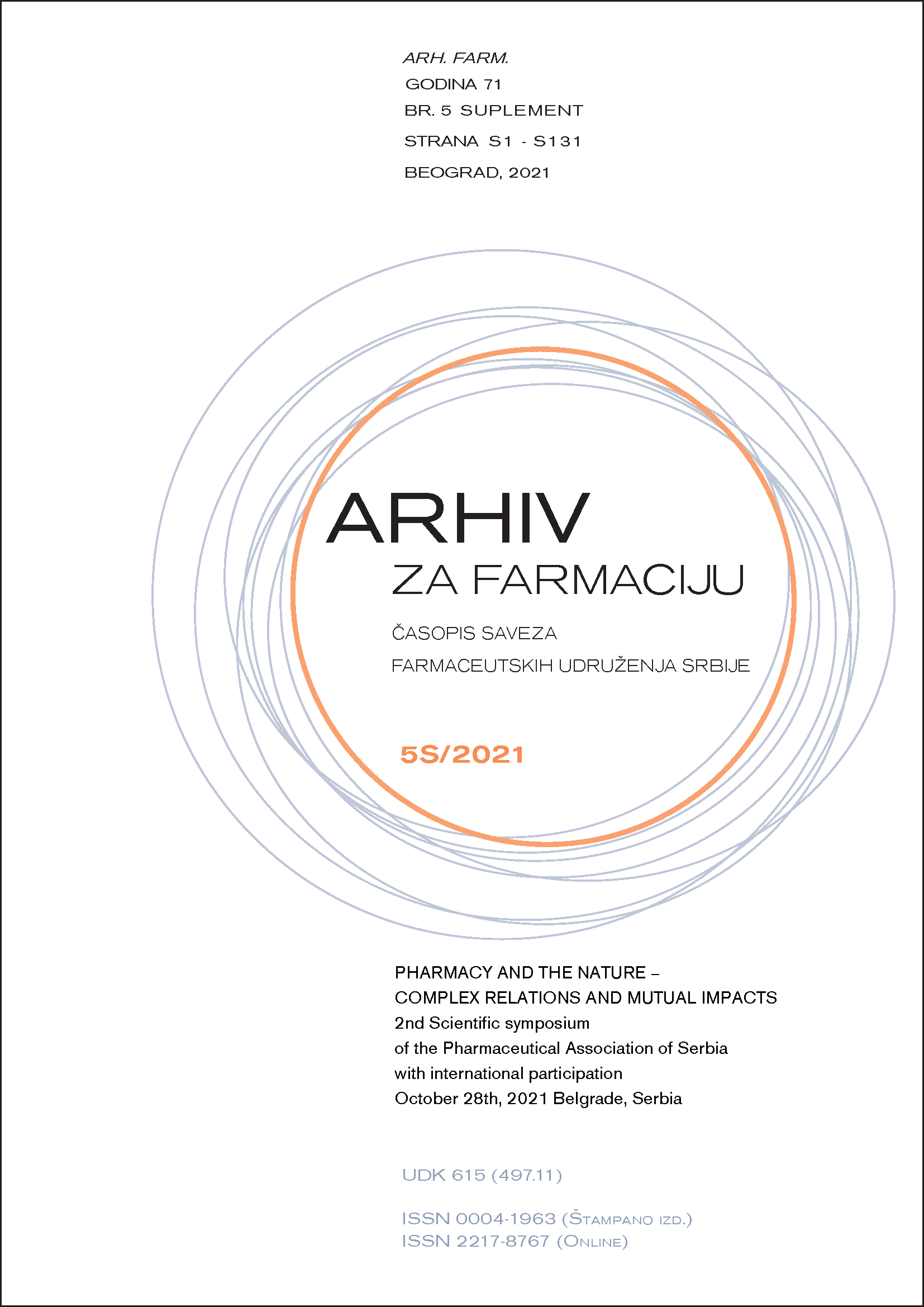DETERMINATION OF MINERAL COMPOSITION OF THE RED POOL TYPE OF RED CURRANT (RIBES RUBRUM L, GROSSULARIACEAE)
Abstract
Red currant (Ribes rubrum L, Grossulariaceae) is a highly valued species due to the nutritional and health benefits of its juices and fruits (1). A wide range of nutrients (carbohydrates, vitamins, minerals, organic acids), as well as antioxidant components (polyphenols and vitamin C) make red currant one of the most important plant species (2). The unique color, aroma, taste and content rich in minerals and vitamins make this plant species one of the sources of functional food and nutraceutics. A major challenge for scientists in the fields of nutrition, food chemistry and physiology is to determine the optimal intake of natural antioxidants and mineral components through a functional diet (3). The aim of this study was to determine the mineral composition of red currant juice, of the Red Pool type, in order to evaluate its application in nutrition, cosmetology and pharmacy. The research included the determination of 22 chemical elements (Ag, As, Ba, Ca, Cd, Co, Cr, Cu, Fe, K, Li, Mg, Mn, Na, Ni, Pb, Sr, Tl, Zn, Si, P and S). Sample preparation for the analysis was performed by wet digestion, after which the concentration of elements was determined by inductively coupled plasma - optical emission spectrometry (ICP-OES). The results are presented in Table 1 (see pdf version).
The concentration of mineral elements decreases in the following order: K>P>Ca>S>Mg>Na>Sr>Fe>Cu>Zn>Si>Ba>Li>Mn>Ni. The obtained results showed the absence of elements such as Cd, Pb and As. This is important because their deposition and accumulation in the soil can affect the quality of vegetables and fruits, and they also display exceptional toxicity even at very low concentrations. Ag, Co, Cr and Tl were not detected in the juice sample, as well. Regarding macronutrients, red currant fruits contain the highest concentrations of K, P, Ca, Mg and Na, which cause numerous physiological effects in humans. Also, the tested species contains significant amounts of essential minerals (Fe, Zn and Cu), which are very important for the improvement of the general condition of the organism. The obtained results confirm that red currant is a valuable source of nutrients. Since this research has determined that red currant juice does not contain toxic metals, its application in cosmetology, pharmacy and nutrition is possible. Since the content of toxic metals, as well as the mineral composition itself, depend on the state of the environment and the growing climate of the plant itself, caution is always recommended before use.

